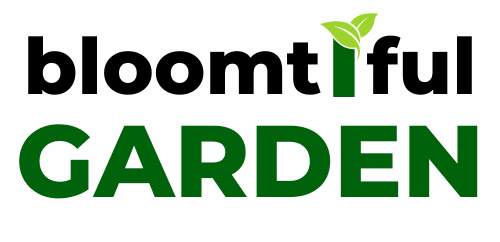The simple joy of growing flowers has blossomed into a significant cultural movement. What was once a quiet hobby is now a vibrant lifestyle choice, driven by a collective desire for beauty, sustainability, and a tangible connection to the natural world. This is not just a fleeting trend; it is a fundamental shift in how people relate to their living spaces. An estimated 80 percent of American households now engage in some form of gardening, a five-year high, with younger generations leading the charge to expand their green spaces. This burgeoning interest is reflected in a massive $133 billion lawn and garden market in the United States alone, signaling a deep and lasting commitment to cultivation.
This movement extends far beyond manicured lawns and vegetable patches. The focus is increasingly on creating restorative outdoor sanctuaries that promote mental well-being and serve as a source of personal fulfillment. At the heart of this evolution is the cut flower garden—a dedicated space for growing blooms destined for the vase. The decision to cultivate a cutting garden in 2025 is a conscious act. It represents a commitment to environmental stewardship through pollinator support, a rejection of mass-produced goods in favor of authentic, homegrown beauty, and an investment in the therapeutic act of gardening itself.
However, the secret to a vase that is perpetually full of stunning, season-long blooms lies not in luck or a mystical “green thumb,” but in strategic, intelligent design. The productivity, health, and beauty of a cutting garden are determined long before the first seed is sown. The foundation of it all is the layout. This comprehensive guide provides the blueprint for success, detailing actionable cut flower garden layout ideas and professional cutting garden design principles to help transform any space into a productive floral paradise for 2025 and beyond.
Why a Good Plan Matters for Your Flower Garden
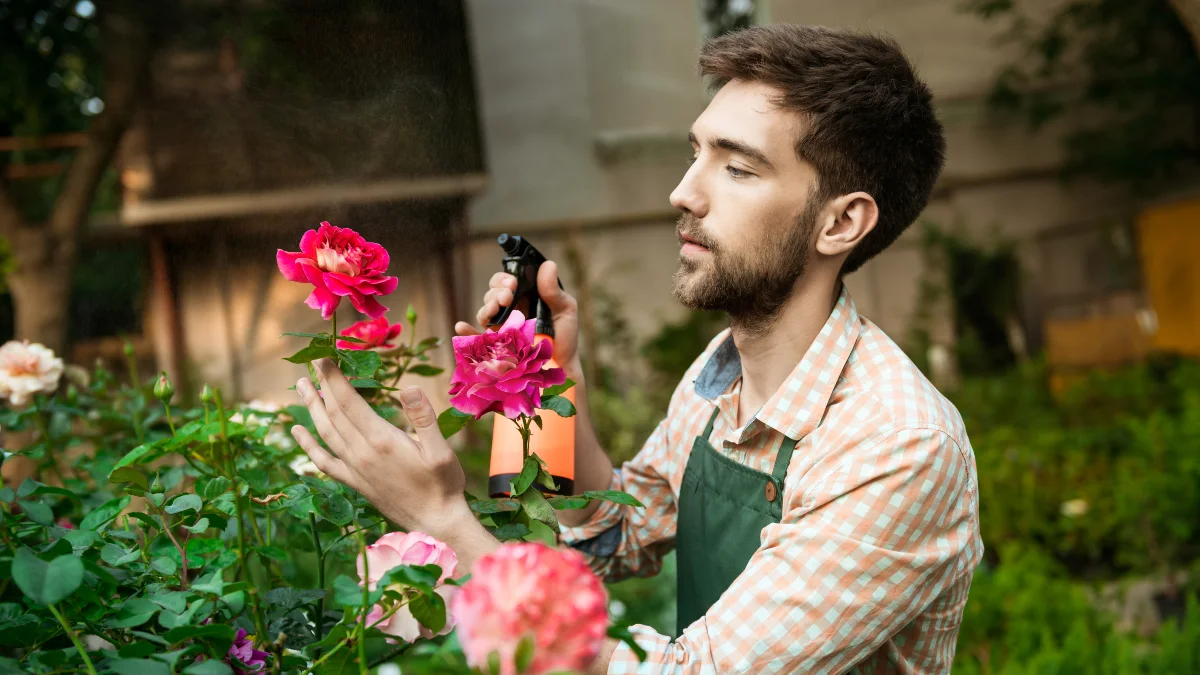
Growing your own flowers is a simple joy that has become a big deal. It’s more than a hobby; it’s a way to bring beauty into your life and connect with nature. More and more people are turning parts of their yards into gardens that make them feel good.
At the center of this is the cut flower garden. This is a spot just for growing flowers you can bring inside. Deciding to grow a cutting garden is a choice to do something good for yourself and the planet. You help bees and butterflies, get beautiful, fresh bouquets, and enjoy the simple act of gardening.
But here’s the secret: a vase full of flowers all season doesn’t come from luck. It comes from a smart plan. The success of your garden is decided before you even plant a seed. It all starts with the layout. This guide will give you simple, actionable ideas to help you design a flower garden that gives you endless bouquets.
How to Pick the Perfect Spot for Your Garden
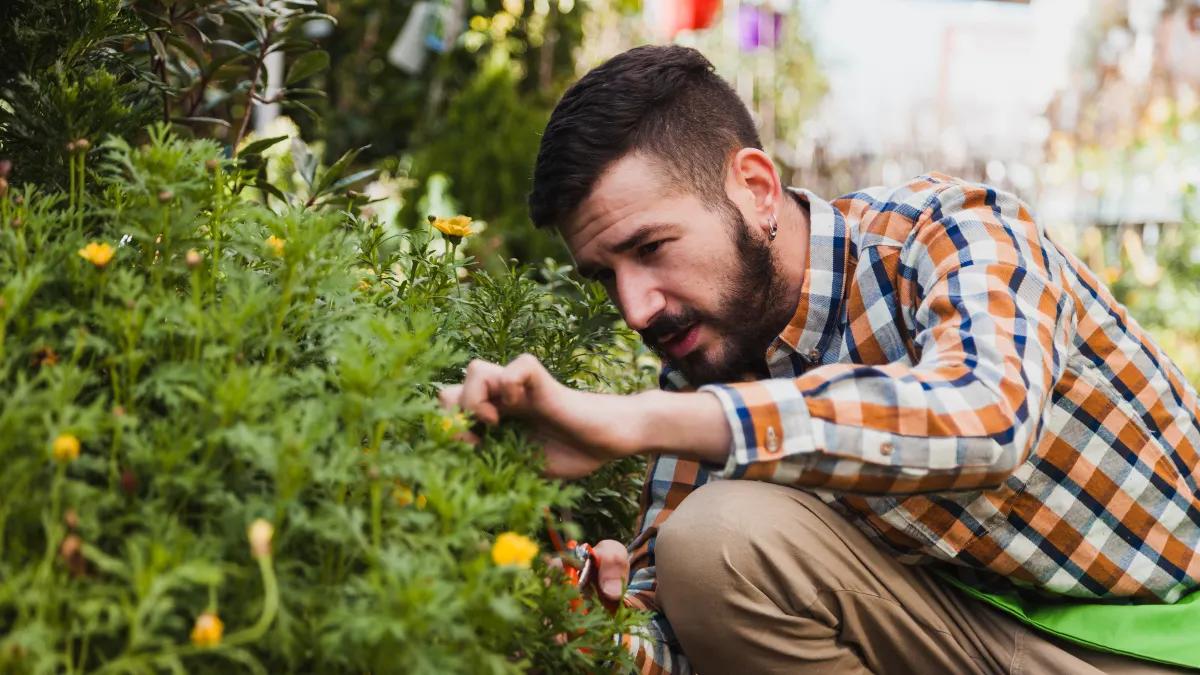
Before you think about which flowers to plant, you need to get the basics right. Many new gardeners get excited about the flowers first. But they end up disappointed because the spot they picked wasn’t right. If you master three things—sun, soil, and water—you can avoid most future problems. Getting these right from the start is the key to a garden that grows with ease.
Find the Sun (The 6-8 Hour Rule)
Sunlight is the most important thing for a cutting garden. Most flowers need at least six to eight hours of direct sun every day. This gives them the energy to grow strong and produce lots of blooms.
Before you decide on a spot, watch it for a full day. See how the sun moves across it. You also need to think about the seasons. A spot that’s sunny in the spring might be shady in the summer when the trees have all their leaves. Picking the sunniest spot you have is the most important first step.
Check Your Soil: Your Garden’s Foundation
Good soil is the key to a healthy garden. Cut flowers need soil that drains well so their roots don’t get soggy. You can guess what your soil is like, but a soil test is a great idea. You can usually get one from a local county extension office. It will tell you exactly what your soil needs.
Before you plant, get the bed ready. Loosen the soil and mix in organic matter like compost. This helps heavy clay soil drain better and helps sandy soil hold water. Adding a good all-purpose organic fertilizer gives your plants a strong start.
How to Water the Smart Way
Your flowers need consistent water to grow long, strong stems. Pick a spot for your garden that is close to a water source. You don’t want to have to drag a heavy hose a long way.
How you water is also important. Sprinklers that spray water everywhere are not a good choice. They waste a lot of water and get the plant leaves wet. Wet leaves can lead to diseases that ruin your flowers. The best way to water a cutting garden is with drip irrigation or soaker hoses. These methods put water right at the plant’s roots. This saves water and keeps the plants healthy.
How to Design a Garden That Gives You More Flowers
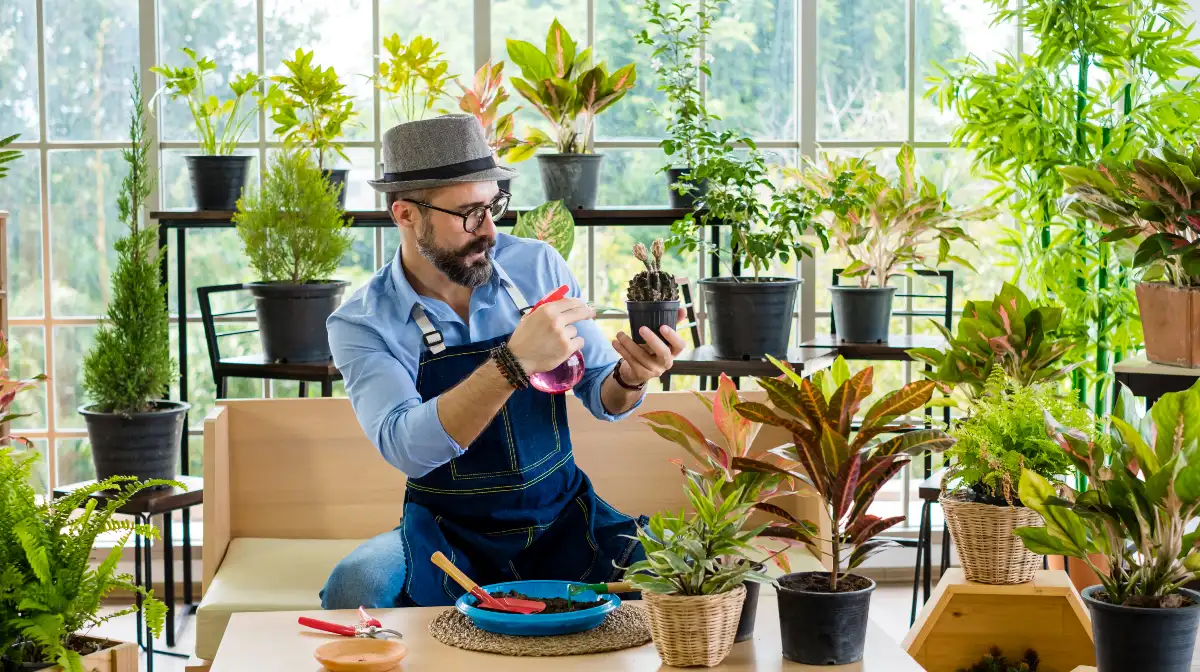
A cutting garden is a working garden. Its main job is to produce a lot of flowers. To get a steady supply of blooms, you need to think like a flower farmer. For them, every square foot has to be useful. The following ideas work together to make your garden work better. For example, planting flowers close together works best if your garden beds are easy to reach from a path. This complete approach helps you create a garden that works hard for you.
Think Like a Flower Farmer
The main goal of a cutting garden is to grow lots of high-quality flowers for bouquets. This means you should design it for work, not just for looks. Experts suggest planting in straight, neat rows.
Rows might not look as pretty as clumps of flowers in the garden, but they are much easier to manage. Rows make it simple to set up watering systems and support nets. They also make it easier to weed, check for pests, and harvest your flowers. You can get to every plant without trouble. The focus is on how the flowers look in the vase, not in the garden bed.
The 4-Foot Rule for Easy Reach
How you set up your garden affects how much you’ll enjoy working in it. The best width for a garden bed is four feet. This isn’t a random number. It’s based on how far most people can comfortably reach. A four-foot-wide bed lets you get to the middle from either side.
This simple rule means you never have to step into the bed. Stepping on the soil squishes it down and can damage plant roots. It makes sure you can easily plant, weed, and cut every flower.
Why Good Paths Are Important
The spaces between your beds are just as important as the beds themselves. Good paths make your work flow smoothly. Paths should be at least 18 to 24 inches wide so you can walk easily. If you use a wheelbarrow, make your paths three feet wide.
To save yourself from weeding, cover your paths. You can lay down cardboard and cover it with wood chips or straw. This saves hours of work and helps keep the soil moist.
How to Plant in Grids to Get More Flowers
Professional growers plant their flowers very close together to get more from their space. You can plant your flowers about 30 percent closer than what the seed packet says. The best way to do this is with a grid system.
A common spacing for flowers like zinnias and snapdragons is a 9-by-9 inch grid. Bigger plants like dahlias might need a 12-by-12 inch grid. Planting them close together makes the plants grow tall and straight. This is perfect for cutting. As the plants grow, their leaves will shade the soil, which helps stop weeds from growing.
4 Garden Layouts You Can Try
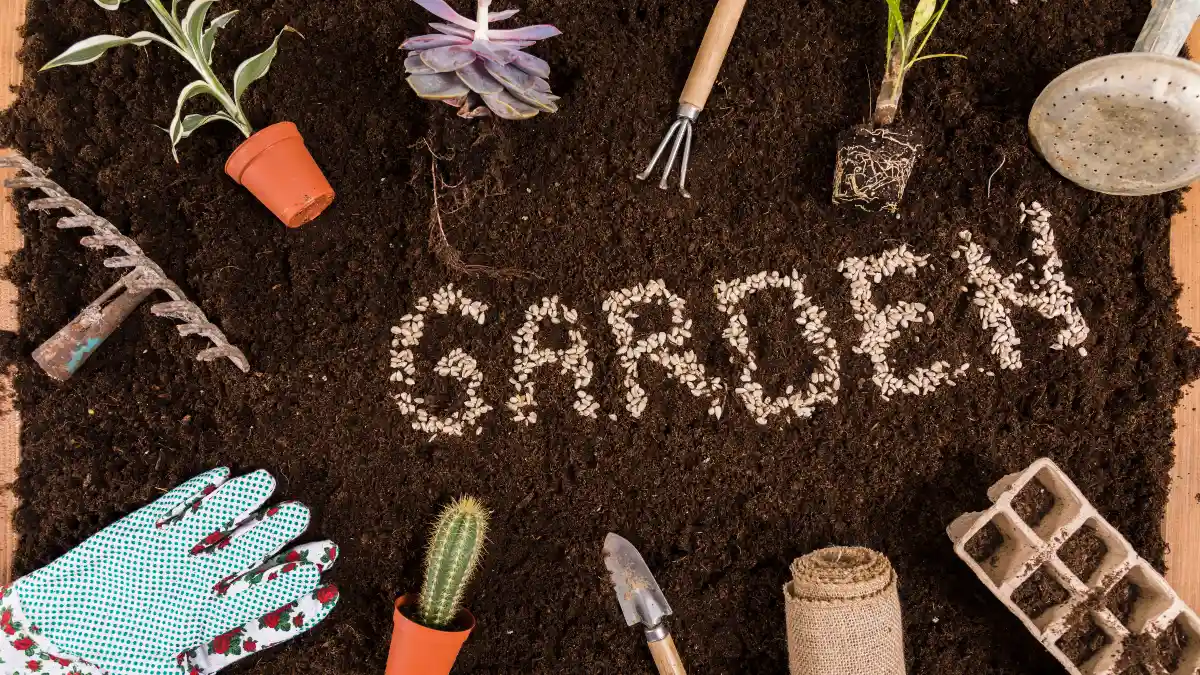
There is no single best layout for a flower garden. The right design for you depends on your space, your style, and how many flowers you want to grow. Here are four plans you can adapt for your own yard.
The Classic Production Plot
This layout is for getting the most flowers possible. It’s perfect if you have a dedicated spot and want a lot of blooms. The design uses simple, rectangular beds. A good size is 4 feet wide and 8 or 10 feet long. The beds are set up in rows with paths in between. Inside each bed, you plant the flowers in a tight grid. This no-fuss approach makes it easy to water, weed, and harvest.
The Integrated Garden
If you don’t have space for a separate garden or just want your flowers mixed in, this is a great option. This idea involves planting cutting flowers right into your existing garden beds. The trick is to place them in the right spot. Put taller flowers like dahlias at the back so they don’t block the sun from smaller plants. It’s also smart to group plants that need the same amount of sun and water. This makes caring for them much easier. This method creates a beautiful, lush garden that serves many purposes.
The Small-Space Solution
You don’t need a big yard to have a cutting garden. You can turn a balcony, patio, or tiny yard into a flower-filled space. This layout uses smart tricks to make the most of every inch.
- Pots and Grow Bags: Many cut flowers grow well in containers. This gives you full control over the soil, and you can move them around to catch the sun. Grow bags are a cheap and easy option.
- Growing Up: Use your vertical space. Trellises or nets can support vining plants like sweet peas. This lets them grow up instead of out, saving space on the ground for other flowers. This turns your walls and fences into beautiful, living surfaces.
The Naturalistic Garden
This layout is for the modern gardener who wants to work with nature. It mixes flower production with helping the local ecosystem. Instead of straight lines, the beds might have soft curves. You would plant a mix of cutting flowers, native grasses, and plants that attract bees and butterflies. This creates a garden that is both a source of bouquets and a home for wildlife. This design feels a bit wilder and is perfect for someone who wants a garden that is beautiful and good for the environment.
| Layout Style | Best For… | Pros | Cons |
| Classic Production Plot | Gardeners who want the most flowers. | Highest number of flowers; easy to care for. | Can look plain; needs its own space. |
| Integrated Garden | Gardeners who want flowers in their landscape. | Uses existing beds; looks beautiful. | Fewer flowers per plant; harder to harvest. |
| Small-Space Solution | Gardeners with balconies or small yards. | Very flexible; great for renters. | Pots dry out fast and need more water. |
| Naturalistic Garden | Gardeners who want to help wildlife. | Low maintenance; helps nature. | Can look messy to some; may have fewer flowers. |
How to Pick Flowers for Bouquets All Year

A good layout is the stage, but the plants are the stars. A great cutting garden gives you something to cut from spring all the way to fall. This means you need to pick your plants with a plan. You need to think about when they bloom and what job they will do in a bouquet. If you think like a flower designer when you plan your garden, you’ll have a balanced supply of flowers for amazing arrangements.
The Parts of a Bouquet
Every good bouquet has a mix of shapes and textures. Flower designers use a simple formula to make their arrangements look great. You can use the same formula to plan your garden. Make sure you have plants from each of these groups:
- Focal Flowers: These are the big, eye-catching flowers that are the stars of the show. Think of dahlias, peonies, and sunflowers.
- Spike Flowers: These add height and an interesting line to an arrangement. Good choices are snapdragons, larkspur, and salvia.
- Disc or Round Flowers: These are round flowers that fill in the gaps, like cosmos, zinnias, and scabiosa.
- Filler Flowers: These are small, delicate flowers that add texture and a light, airy feel. Queen Anne’s lace and statice are great fillers.
Flowers That Bloom Again and Again
The hardest working plants in your garden are the “cut-and-come-again” flowers. When you cut a flower from these plants, they grow even more. Cutting a stem tells the plant to make more buds instead of seeds. This creates a cycle of more and more flowers. Zinnias, cosmos, and dahlias are champions in this group. They will bloom all summer long if you cut from them often.
Don’t Forget the Greens
A common mistake is to only plant flowers. But professional bouquets use a lot of foliage. Greenery adds structure and texture, and it makes the colorful flowers pop. A good plan is to make about one-third of your garden space for foliage and filler plants. Many herbs work great for this. Mint, basil, and scented geraniums add beautiful leaves and a wonderful smell to your bouquets.
How to Have Flowers All Season
To make sure you always have something to cut, you need to plan for a long bloom season. You can do this in two ways:
- Succession Planting: This means you plant seeds for fast-growing flowers every few weeks instead of all at once. For example, if you plant a new batch of sunflower seeds every two weeks, you’ll have a steady supply all summer.
- Bloom Time Planning: This means you pick a mix of plants that flower at different times. You can have spring bulbs like tulips, early summer flowers like peonies, mid-summer flowers like zinnias, and fall flowers like dahlias. This creates a seamless show of color from one season to the next.
| Season | Focal Flowers | Spike Flowers | Disc/Round Flowers | Filler/Airy | Foliage/Herbs |
| Spring | Tulip, Daffodil, Ranunculus | Larkspur, Stock, Foxglove | Hellebore, Icelandic Poppy | Bachelor’s Buttons | Lady’s Mantle, Lavender |
| Summer | Zinnia, Dahlia, Sunflower | Snapdragon, Celosia, Salvia | Cosmos, Rudbeckia, Scabiosa | Statice, Queen Anne’s Lace | Basil, Mint, Dusty Miller |
| Fall | Chrysanthemum, Dahlia, Zinnia | Celosia, Salvia, Amaranth | Strawflower, Aster, Rudbeckia | Sweet Annie, Orach | Sage, Eucalyptus, Coleus |
3 Modern Ideas for Your Flower Garden
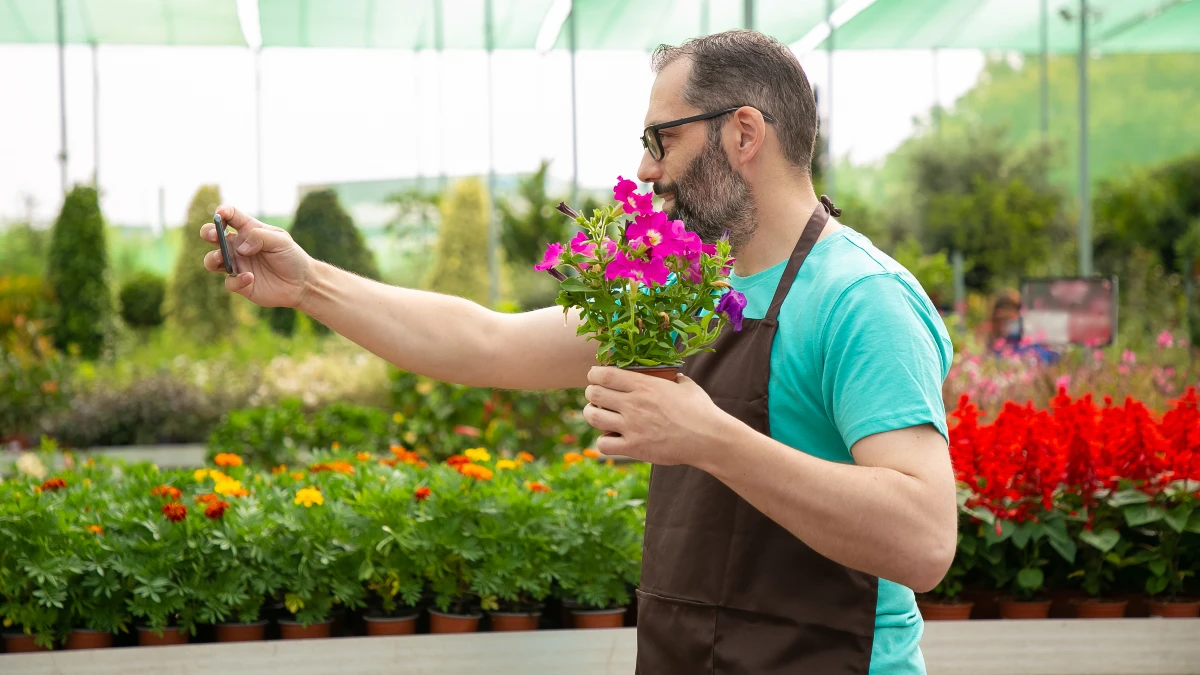
Today’s cutting garden is more than just a place to grow flowers. It can be a space that is good for the planet, full of life, and designed with help from new tools. Adding these modern ideas to your garden plan makes it a thoughtful project that helps your local environment.
The Sustainable Bouquet: Use Native Plants
A big trend in gardening is using native plants. These are plants that grow naturally in your area. They are used to your climate and soil, which means they are usually easier to care for and need less water. You can also find ‘nativars,’ which are special versions of native plants that have been bred to have great features like brighter flowers. Many native plants, like coneflower and black-eyed Susans, are great for cutting. Adding them to your garden is good for you and for local wildlife.
The Living Garden: Help the Pollinators
A garden full of bees and butterflies is a healthy garden. Planning your garden to help pollinators is a key goal for modern gardeners. If you plant a mix of flowers with different shapes and sizes, you will provide food for these helpful creatures all season long. In return, they will pollinate your plants, which is important for a healthy garden. To help them, you should also avoid using chemical bug sprays and provide a shallow dish of water for them to drink.
The Smart Garden: Use Apps to Help You Plan
Technology can help you plan a better garden. There are now garden design apps that use artificial intelligence (AI) to help you. You can take a photo of your space, and the app can give you layout ideas and suggest plants that will grow well in your area. Other apps can give you a planting calendar based on your local weather and remind you when to do certain tasks. These tools are a great help when you are planning your layout.
| App Name | Best For… | Key Feature for Cut Flowers | Pricing Model |
| Gardenly | AI-powered visual design and plant ideas. | Can create layout ideas and show you what they will look like, suggesting plants for your climate. | Subscription |
| Seed to Spoon | Tracking, planning, and plant information. | Gives you a personal planting calendar based on your local frost dates so you plant at the right time. | Freemium |
| Planter | Planning dense planting in raised beds. | The grid layout is perfect for planning the tight spacing used in cutting gardens. | Freemium/Paid |
How to Get Your Garden Started
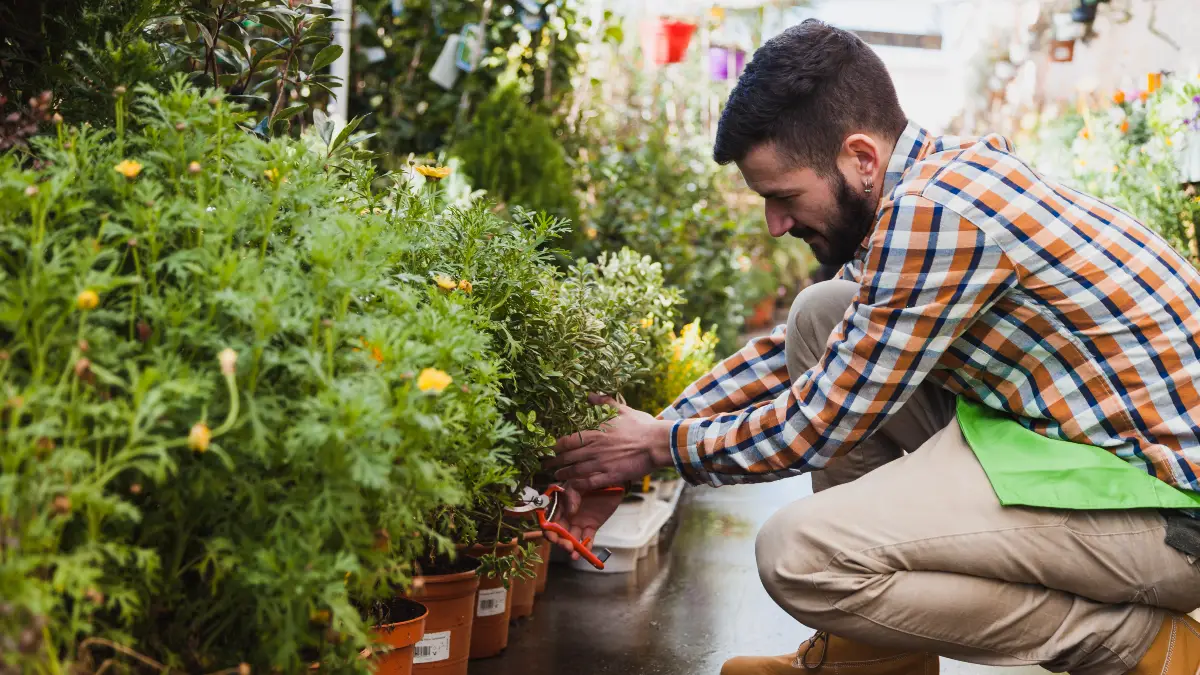
A good plan is the first step, but you have to put it into action. Bringing your garden design to life involves a few key steps. These steps will help your plants grow strong and produce the beautiful, long-stemmed flowers you planned for. The work you do in the garden, like weeding and harvesting, is what keeps it productive.
Starting Seeds vs. Planting Outside
There are two main ways to start your garden: start seeds inside or plant them right in the garden.
- Starting Seeds Indoors: This gives your plants a head start on the season, so you get flowers earlier. It’s great for plants that grow slowly or if you live somewhere with a short summer. But it does take some space inside and special supplies like containers and maybe grow lights.
- Planting Directly Outside: This is the simpler way. You plant the seeds right where they will grow after the weather is warm. This works well for fast-growing flowers that don’t like to be moved, like zinnias, cosmos, and sunflowers.
Why You Need to Support Your Flowers
To get the long, straight stems that look great in a vase, you need to give some of your plants support. Without it, tall flowers can bend or break in the wind and rain.
- Horizontal Netting: For plants with many stems, like snapdragons and cosmos, you can use netting. Stretch a mesh net over the bed, held up by stakes. The plants will grow up through the net, which keeps their stems straight.
- Staking: For tall plants that grow from one main stalk, like dahlias and lilies, you need to give each one its own stake. Put the stake in the ground when you plant to avoid hurting the roots later. Then, loosely tie the plant to the stake as it grows.
Your Garden Routine: Weeding, Deadheading, and Harvesting
Regular care is what keeps your garden producing flowers. You will always have some weeds, and you should pull them out before they get too big. The most important job is deadheading, which is cutting off old, faded flowers. This tells the plant to make more blooms instead of seeds.
In a cutting garden, harvesting is the best kind of deadheading. The more you cut your flowers, the more the plants will produce. The best time to cut flowers is in the cool of the morning or evening. Put the stems in a bucket of clean water right away. This is the magic of a cutting garden: the more you take from it, the more it gives back.
Conclusion
The path to a garden full of beautiful, homegrown bouquets starts with a plan. A good cut flower garden layout is the key to a season full of blooms. It’s a design that is efficient, works with nature, and uses modern ideas. By giving your plants the sun and soil they need, using smart design ideas, and picking the right plants, you can have amazing results.
The perfect cutting garden is something you can create. It might be one raised bed, a few pots on a balcony, or a wild-looking border full of bees. The way to start is with a clear idea. Sketch out your design on paper or use an app. Start with a size you can manage, and learn as you go. The best reward is walking out into your garden, a space that was once just an idea, and cutting a fresh bouquet that you grew with your own hands.
